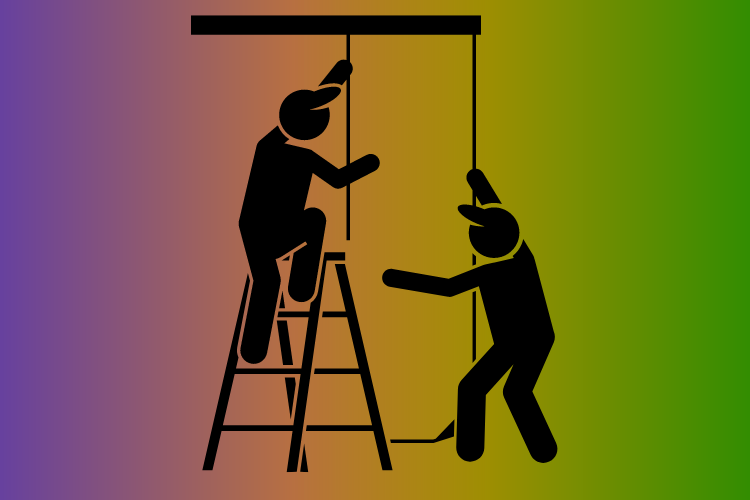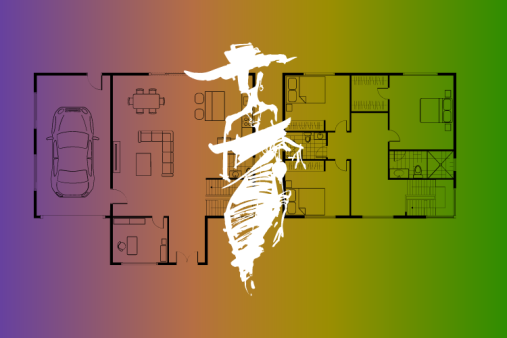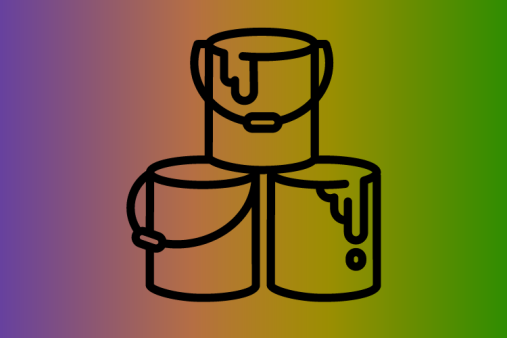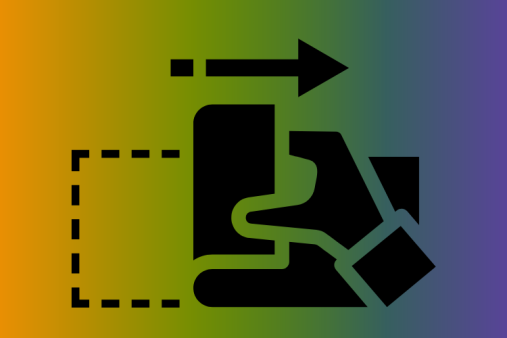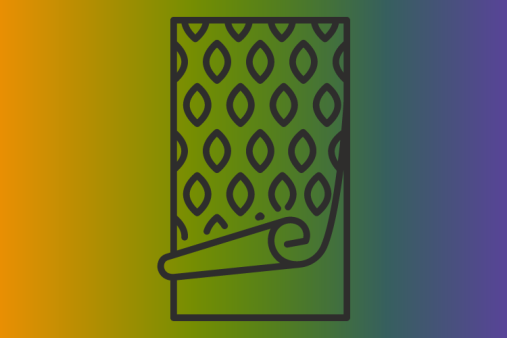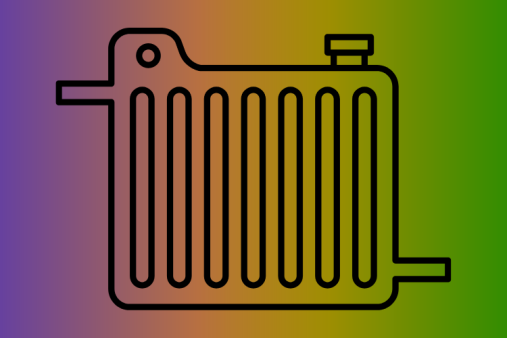DIY Wallpapering Tips
Wallpapering is an easy way to give your home fresh look so if you’re updating your home, use our wallpapering tips to help you give it the professional touch.
Wallpapering is a fairly simply DIY job and with a little patience and the right tools, you’ll soon get the hang of it!
Our wallpapering tips will also help to make the job easier.
If you want help, find a decorator, who’ll have your walls looking great in no time at all.
Find decorators in your area and ask them to give you a quote.
Getting Started With Wallpapering
Prepare your walls first by ensuring that all the old wallpaper has been removed, and that the wall is clean and dry.
If the wall is porous, you’ll have to seal it before you start.
Paint The Ceiling First When Wallpapering
Tip: paint the ceiling first so you don’t mess up your new wallpaper with splashes of paint!
Before you start, measure the walls.
Then cut the strips to size, leaving 50mm to spare at the end.
Getting the first strip of wallpaper straight is really important - it’ll dictate how the whole thing looks when you’ve finished.
Get it right by using a spirit level and marking from the top of the wall to the bottom - then draw a vertical line with a pencil.
Marking Up The Wallpaper
Tip: make sure you’ve got the right end at the top - mark “T” on the back of the wallpaper at the top to ensure you don’t hang it upside down.
Hang the first strip in line with the vertical line you’ve drawn, with a space of about 5mm between them.
If you’ve bought wallpaper with a striking design, it’s best to start papering in a prominent part of the room, such as the chimney breast or main wall.
If it’s a plain wallpaper, start in a corner where it’s less visible.
Before pasting the paper, read the instructions carefully.
You should use an all-purpose wallpaper paste, but your instructions will tell you exactly what to use.
Coat the paper thoroughly, being careful not to get paste on the patterned surface.
If you do this, sponge it off straight away to prevent stains.
Pasting Wallpaper
Tip: let the strip absorb the paste by leaving it for a while. This will allow it to settle and fully penetrate the paper.
When you’re wallpapering start at the top, working downwards and smooth down from the middle.
Leave 2mm to spare at the top. When you reach the bottom, neatly trim the end by scoring along the angle of the wall.
Do the same at the top at the ceiling, then smooth the ends down.
If there’s any excess paste showing, remove immediately with a damp sponge.
Blisters and Air Pockets
Tip: if you see any blisters, deal with it before the wallpaper sets. Gently lift the paper and smooth it back against the wall.
Find A Decorator For Wallpapering
If you’d rather have your wallpapering done by a professional, call up a few local decorators and ask them to give you a quote, or better still, use our free decorators quotes services to find and compare up to five local decorators for wallpapering.
Simply post a wallpapering job and we will do the rest.
